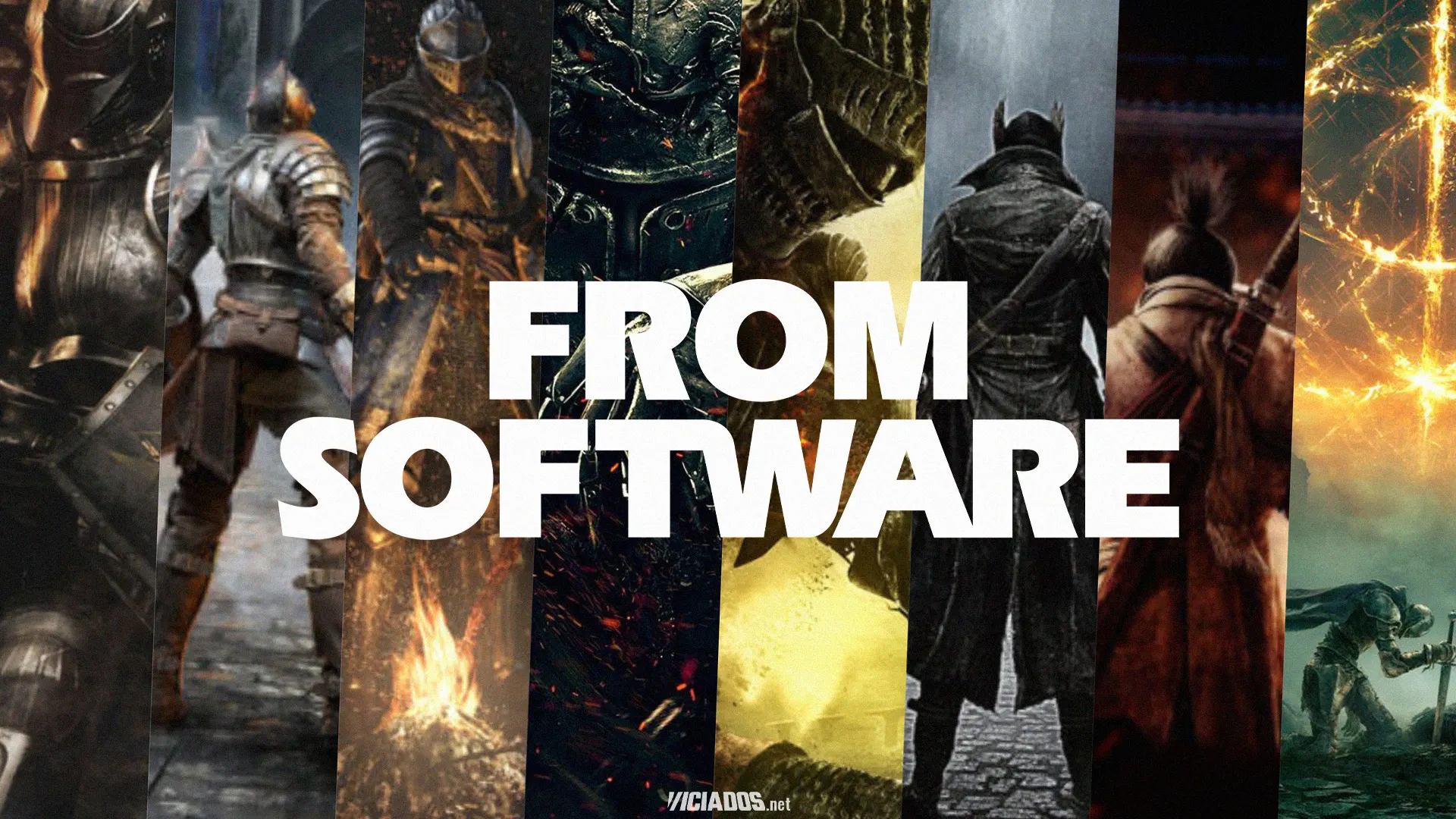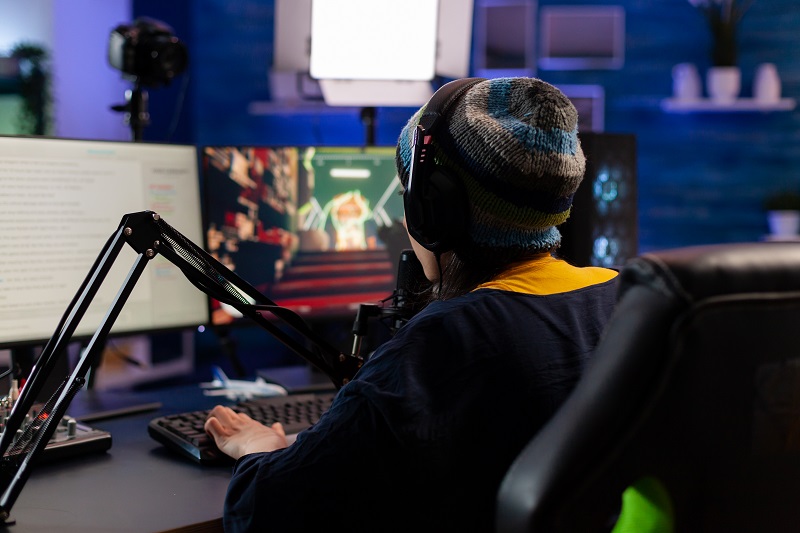
What Elden Ring’s Nightreign launch teaches brands about gaming communities
FromSoftware – the beloved studio behind Dark Souls and Elden Ring – just launched a side project that revealed something fascinating about gaming communities. Elden Ring: Nightreign sold 2 million copies on launch day, but the community response split dramatically down the middle.
Here’s what happened: a portion of fans loved the experimental multiplayer approach, while another segment panicked that FromSoftware was “losing its way” like other beloved studios before them. Within days, after patches improved the experience, Steam reviews climbed to “mostly positive” – but the initial community division offers crucial insights into how gaming audiences actually think and react.
Gaming communities aren’t typical consumers
If you’re coming from traditional consumer marketing, gaming audiences will surprise you. Research shows gaming audiences exhibit 2% higher social engagement than traditional consumers, with 80% actively discussing games and 61% participating in gaming communities.
But here’s what really matters for brands: gaming communities see themselves as co-creators, not just consumers. They don’t just buy products – they form intense emotional bonds with games, studios, and the culture around them. When FromSoftware fans felt betrayed by Nightreign’s departure from the “Souls formula,” they didn’t just leave negative reviews. They launched coordinated campaigns across Discord, Reddit, Steam, and social media within hours.

This isn’t typical consumer dissatisfaction. This is a community experiencing collective anxiety about change, even when that change comes as an experimental side project, not a main franchise evolution.
The psychology behind gaming obsession
Gaming creates uniquely strong psychological attachments. Unlike other entertainment, games require active participation and skill development. Players invest hundreds of hours mastering systems, learning lore, and building social connections around shared experiences.
Research on gaming brand loyalty shows that brand engagement is the strongest predictor of loyalty in gaming – stronger than perceived quality or social influence. This means when gamers love a franchise, they REALLY love it. The psychological attachment runs deeper than product satisfaction.
Gaming creates parasocial relationships where 3-5% of players develop borderline-pathological attachment to franchises and characters. Research on 615 gamers found these relationships directly increase purchase intention and playing continuation, but also create over-protective behaviors.
But it also means when they feel betrayed, the backlash is intense and coordinated.
FromSoftware built their reputation over 15 years by consistently delivering what fans call the “FromSoft magic” – methodical combat, environmental storytelling, and fair-but-punishing difficulty. When Nightreign launched as a fast-paced multiplayer game without basic features like voice chat or crossplay, some fans worried this signaled a broader studio pivot away from what made them special.

The key insight: it wasn’t the game itself that caused the strongest reactions – it was the fear of a pattern. Gaming communities have watched beloved studios change direction before, and they’ve learned to spot early warning signs. Even though Nightreign was clearly labeled as a side project led by a different director (not series creator Hidetaka Miyazaki), some fans panicked anyway.
As one Steam review put it: “I’m worried this is the beginning of FromSoft’s Anthem moment.”
The pattern recognition panic
Gaming communities have developed what you might call “pattern recognition anxiety.” They’ve watched beloved studios make dramatic pivots that destroyed what made them special, so they’ve become hypervigilant about early warning signs.
The Nightreign controversy illustrates this perfectly. Within days of patches addressing technical issues, Steam reviews improved to “mostly positive,” and many players acknowledged the game was actually fun. But the initial panic revealed something crucial about gaming psychology: communities react not just to what’s happening now, but to what they fear might happen next.

The gaming industry is littered with beloved studios that misread their audiences and paid dearly:
BioWare’s Anthem disaster: After building their reputation on story-driven RPGs like Mass Effect, BioWare pivoted to a live-service shooter. The game failed spectacularly, damaging BioWare’s reputation for years.
Rocksteady’s Suicide Squad: The studio behind the acclaimed Batman Arkham series tried to make a multiplayer looter-shooter. It lost Warner Bros $200 million and effectively ended the studio’s golden reputation.
Blizzard’s “Do you guys not have phones?” moment: When Blizzard announced a mobile-only Diablo game at their gaming convention, the community backlash created a meme that still haunts the company years later.
The pattern is clear: gaming communities resist dramatic changes to beloved franchises. Unlike other markets where innovation is automatically good, gaming communities often prefer iteration over revolution.
What this means for brands entering gaming
If you’re a brand manager looking to advertise in gaming, the Nightreign controversy offers several crucial lessons:
1. Authenticity isn’t just a buzzword – It’s survival
Gaming communities have encyclopedic knowledge of their favorite games and can spot inauthentic marketing immediately. Gaming audiences view authentic participation as more valuable than promotional messaging.
Don’t try to fake your way into gaming culture. Instead, find genuine connections between your brand and gaming experiences that actually enhance the player experience.
2. Community-First, not Campaign-First
Traditional advertising assumes passive audiences who receive messages. Gaming communities are active participants who discuss, analyze, and amplify everything. Your marketing needs to give them something worth talking about – positively.
Successful gaming marketing creates experiences that players want to share, not messages they’re forced to see.
3. Understand the culture before you enter
Each gaming community has its own values, inside jokes, and unwritten rules. The FromSoftware community values difficulty, discovery, and artistic integrity. Trying to market “easy mode” or “casual-friendly” experiences to them would be marketing suicide.
Research your target gaming communities the same way you’d research any foreign market – because that’s essentially what they are.
Practical steps for brand managers
Based on the Nightreign case study and successful gaming partnerships, here’s your action plan:
Before entering gaming:
- Research specific gaming communities, not just “gamers” as a monolith
- Identify authentic connection points between your brand and gaming culture
- Build relationships with community managers who genuinely understand gaming
When launching campaigns:
- Focus on enhancing player experiences, not interrupting them
- Give communities something to discover and share organically
- Measure community sentiment, not just reach and impressions
- Be prepared to iterate based on community feedback
Long-term relationship building:
- Engage with gaming communities before you need them during campaigns
- Support gaming culture consistently, not just during product launches
- Treat gaming communities as partners in creating experiences, not targets for messages
The bottom line
Gaming marketing isn’t just traditional advertising in a new channel – it’s navigating communities that are constantly evaluating whether you “get” their culture and respect what they value. The good news? When you do get it right, these same passionate communities become your most powerful advocates.
Get it right, and gaming communities become your most powerful advocates. Get it wrong, and they become your most organized critics. The choice is yours, but the stakes couldn’t be higher.




